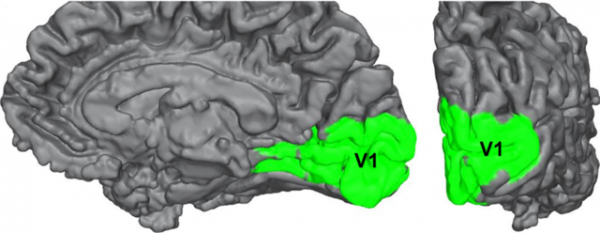Elderly Brain Plasticity Studied, Here Is What They Found
Neurological critical periods are limited life stages in which the neurological conditions' plasticity is at its highest, and the brains' development is adjusted to the environment.
Scientists at the Scuola Normale Superiore in Pisa ad the Leibniz Institute on Aging in Jena have found the role of a small microRNA identified as miR-29 in these learning-reliant plasticity stages.
Reports on this study indicated a premature rise "in miR-29 concentration in young mice blocks cortical plasticity," while blocking in adult animals is inducing plasticity that is usual for earlier sensitive stages. This, the researchers specified in their study, indicates that "miR-29 is an age-reliant regulator of developmental plasticity.
After birth, the brain's postnatal growth is categorized by momentary, function-specific windows of sensitive, critical, or high plasticity periods.
ALSO READ: Research Shows Link Between Flu and Pneumonia Vaccines and Alzheimer's Disease

Human visual cortex V1.
High Plasticity Phases
Researchers found that certain brain areas develop further through numerous mutation and differentiation processes during high plasticity phases where neuronal associations rapidly create and increase the plasticity of the brain.
As indicated in this new study, the best-known example of such a high-plasticity phase is the acquisition of natural language in infants.
According to neurology experts, neuronal plasticity provides a human brain with the ability to adjust to new demands throughout his life. Nonetheless, this is frequently limited in the brain of adults. Therefore, those particular learning processes are said to be more laborious.
To detect cellular and molecular mechanisms that open and close these critical periods, the SNS and FLI scientists, and other partners, investigated the visual cortex's plasticity in mice.
Studying Mice's Developing Visual Cortex
Moreover, to identify the factors regulating the visual cortex's postnatal development, the researchers evaluated miRNA/RNA data sets from the mice's developing visual cortex.
The team said they compared the data sets "at different time points: P10, day ten after birth" immediately before eye-opening and the beginning of the sensitive phase, and P28, the period, as described in the study, "When the mouse cortex has reached its functional maturity."
The study findings presented that "microRNA family in miR-29a is an age-dependent regulator" of developmental plasticity in the visual cortex.
Professor Alessandro Cellerino, one of the study's senior authors, said, "With a 30-fold increase, miR-29" was observed to be the most highly upregulated miRNA during the critical period. Part of this project as a senior author is Professor Tommaso Pizzorusso from the University of Florence and Institute of Neuroscience, NRC, in Pisa.
Cellerino also explained, the miR-29 family's regulation is outstandingly preserved in fish, mice, and humans.
Additionally, more than 50 percent of the targets in which the miR-29 regulated, the professor said, is down-regulated with age, which included the brain plasticity's key regulators. This specified that the miR-29a is the downstream developmental processes' essential regulator.
DON'T MISS THIS: Scientists Discover Traveling Brain Waves That Help Detect Hard-To-See Objects
An Essential Regulator of Plasticity Breaks
The data presented in the EMBO Reports journal specified that miR-29a is an essential regulator of plasticity breaks, promoting the age-related steadying of virtual cortical links.
The scientists' observation that miR29a as described in the study as "a remodeler of mature neural networks," opens new and potential therapeutic viewpoints for miR-29a, as well as other members of the miR-29a family for the brain plasticity's promotion during aging, not to mention, the brain damages' regeneration.
IN CASE YOU MISSED IT: The Smallest Imaging Device of the World Can Help Identify Causes of Heart Disease
Check out more news and information on Neurology on MD News Daily.
Oct 10, 2020 07:00 AM EDT





